Tahini is one of the most valuable foods, which in recent years has become ever more popular. Inherently, Tahini is a food product obtained by grinding the sesame seeds and the final product has a semisolid consistency. It has oriental origins and is one of the pillars of Arab culinary tradition. There is a semi-liquid consistency.
Types of tahini
There are two types of tahini - peeled and unpeeled seeds. Tahini from unpeeled seeds is darker and more bitter, but in exchange contains more minerals and nutrients. Most often, Tahini is prepared from a mixture of both. Tahini that is made by only peeled sesame is called white tahini.
Less popular is the sunflower tahini, which is significantly less expensive. Also features a darker and heavier taste than sesame. Marketed alongside Tahini, you can often find walnut Tahini, which is priced even higher. The quality and usefulness of the cold pressed black tahini, which keeps in itself all reserved vitamins and minerals is best.
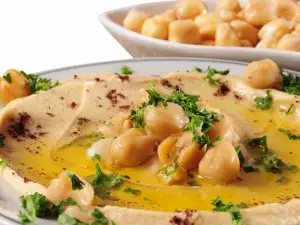
Composition of Tahini
Tahini is rich in vitamins (especially B1, B2 and B6), vitamin E and calcium. Calcium in Tahini is five times more than that in cow's milk, making it an important food for vegans and vegetarians. Tahini contains large amounts of essential amino acids. It has other trace elements such as silicon, phosphorus, copper, magnesium and potassium.
Good to know that in sesame tahini, the amount of protein is greater than that in cheese, soya and certain meats.
Ground sesame seeds contain approximately 20% protein, 50% vegetable oil, oleic and linoleic acid, about 16% saccharides, about 9% of fibrous substances, vitamins A, B1, B2, B3, B6, C and E the amount of minerals make it one of the most valuable natural products. In it we find significant amounts of magnesium, iron, zinc, potassium and phosphorus.
Selecting and storing tahini
True sesame tahini is bright and has a very pleasant taste. If it is old, rancid fat. Sunflower tahini has a darker color and the flavor is much heavier - a smell of cake. Sunflower tahini is much cheaper than sesame and nutty tahini is more expensive than the previous two types. Store in refrigerator.
Culinary use Tahini
Tahini is an essential ingredient in many oriental and Asian dishes such as hummus. World famous dishes such as Baba ganush and halva are prepared with the mandatory addition of tahini. In addition to savory, tahini can be used toprepare toppings for cakes and creams, layers for cakes, unique delicious cookies and more. Sesame tahini is used to make different types of humus and sweets.
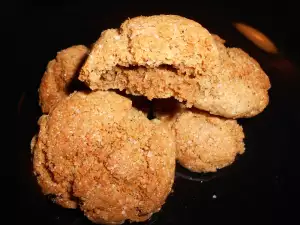
Mix with honey and Tahini 1:2 well and spread this tasty mixture on toast.
Oatmeal cookies with tahini
1 cup sesame seeds
1 cup oatmeal
and 1 ¼ cups wholemeal flour
1 baking powder
1 teaspoon cinnamon
½ cup chopped nuts
½ cup raisins
½ cup milk or water
½ cup honey
½ cup sesame tahini
Preparation: Sift flour 2 times and mix it with the baking powder. Then add all other products and mix the sweet mixture well. Shape small balls and arrange them on a tray with baking paper. Bake oatmeal cookies with tahini in a strong oven.
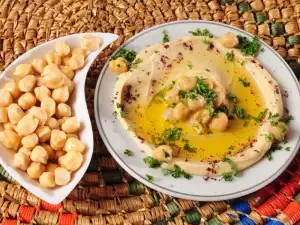
Benefits of Tahini
Sesame oil is a fat which is absorbed completely by the body. Regarding the usefulness of blood vessels, Tahini is more valuable than most. The substances in tahini work well and relieve rheumatoid arthritis, asthma attacks, migraines, improve diseases of the circulatory and cardiovascular system ( hypertension, heart attack, stroke). Thereof, it responds positively on premenstrual syndrome, osteoporosis and even depression.
Traditional folk medicine regarded Tahini as a true elixir for the general health of the body. Taken in the morning on an empty stomach, 2-3 tablespoons perfectly protect the health of the gastrointestinal tract. High levels of calcium make it an excellent remedy against one of the scourges of the 21st century - osteoporosis and it protects the musculoskeletal system, while it increases the body's resistance.
Small sesame seeds are very suitable for pregnant women, nursing mothers and all active sportsmen leading a healthy lifestyle. People of all ages should not be deprived of sesame tahini. Topical use of tahini in inflammation of the throat, voice box, redness and burning of the skin is possible.
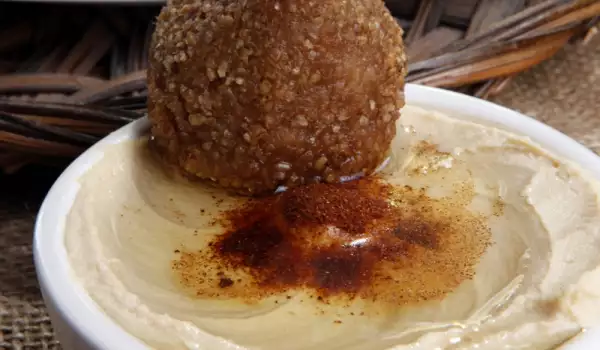
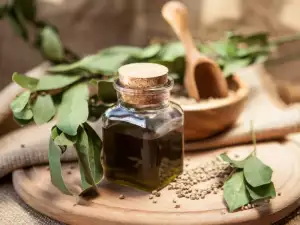
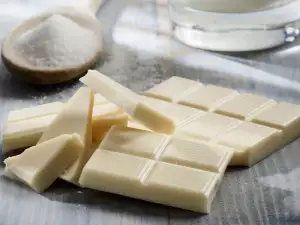

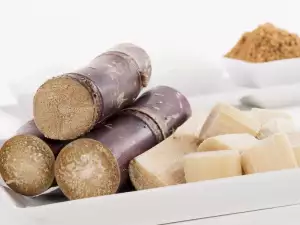
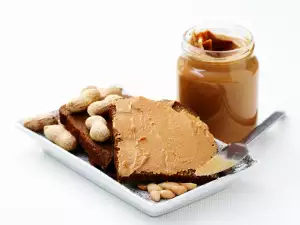
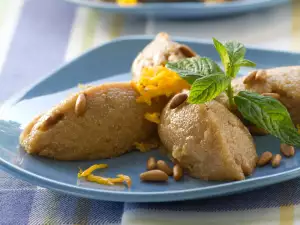

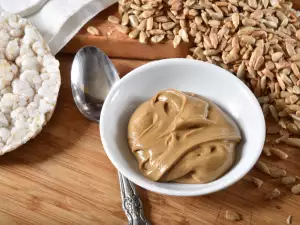
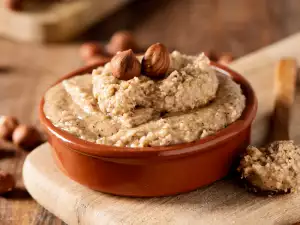
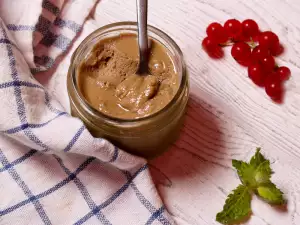
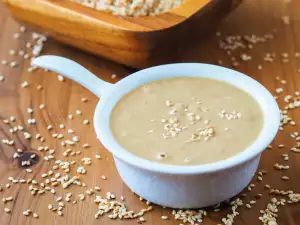
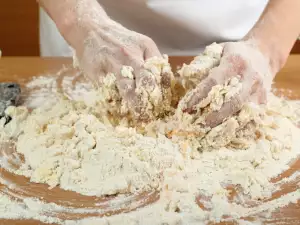




Comments